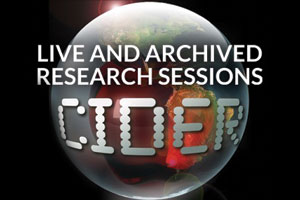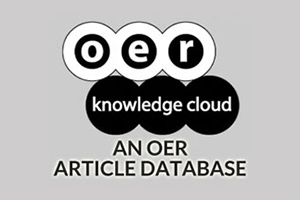Identity and the itinerant online learner
DOI:
https://doi.org/10.19173/irrodl.v15i6.1879Keywords:
digital identity, relational learning, online interaction,Abstract
This paper outlines a preliminary study of the kinds of strategies that master students draw upon for interpreting and enacting their identities in online learning environments. Based primarily on the seminal works of Goffman (1959) and Foucault (1988), the Web of Identity Model (Koole, 2009; Koole and Parchoma, 2012) is used as an underlying theoretical framework for this research study. The WoI model suggests that there are five major categories of “dramaturgical” strategies: technical, political, structural, cultural, and personal-agential. In the data collection, five online master of education students participated in semi-structured, online interviews. Phenomenography guided the data collection and analysis resulting in an outcome space for each strategy of the WoI model. The study results indicate that online learners actively employ a variety of strategies in interpreting and enacting their identities. The outcome spaces provide insights into ways in which online learners can manage their identity performances and strategies for ontological re-alignment (reconceptualization of oneself). Further study has the potential to elucidate how learning designers and online instructors might facilitate such identity-work in order to shape productive online environments.
Published
How to Cite
Issue
Section
License
This work is licensed under a Creative Commons Attribution 4.0 International License. The copyright for all content published in IRRODL remains with the authors.
This copyright agreement and usage license ensure that the article is distributed as widely as possible and can be included in any scientific or scholarly archive.
You are free to
- Share — copy and redistribute the material in any medium or format
- Adapt — remix, transform, and build upon the material for any purpose, even commercially.
The licensor cannot revoke these freedoms as long as you follow the license terms below:
- Attribution — You must give appropriate credit, provide a link to the license, and indicate if changes were made. You may do so in any reasonable manner, but not in any way that suggests the licensor endorses you or your use.
- No additional restrictions — You may not apply legal terms or technological measures that legally restrict others from doing anything the license permits.







